10 Best Herbal Tinctures For Nail Fungus
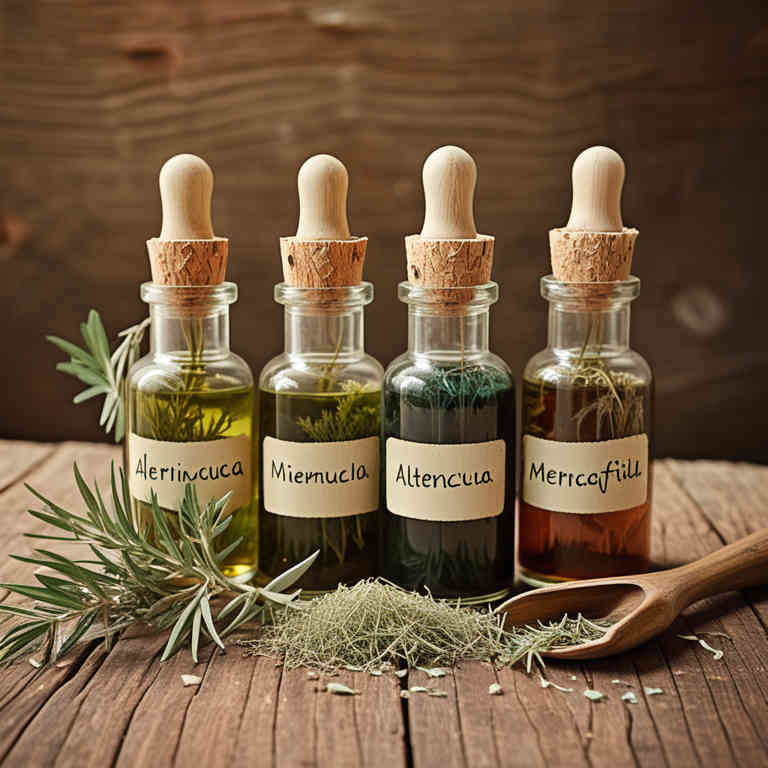
Herbal tinctures have gained popularity as a natural alternative for treating nail fungus, offering a gentler option compared to conventional antifungal medications.
These tinctures typically contain extracts from plants such as garlic, tea tree oil, calendula, and echinacea, which are known for their antifungal and anti-inflammatory properties. When applied topically to affected nails, these herbal solutions can help reduce fungal growth and promote nail health. However, their effectiveness may vary, and they are often used in conjunction with other treatments for optimal results.
It is advisable to consult a healthcare professional before starting any herbal treatment to ensure safety and appropriateness for individual health conditions.
FREE COURSE
How to make medicinal herbal tinctures for common ailments at home and in a weekend (using the Healing Drops System).

Table of Contents
1. Urtica dioica

Urtica dioica, commonly known as stinging nettle, has been traditionally used for its anti-inflammatory and antifungal properties, making it a potential candidate for herbal tinctures aimed at treating nail fungus.
When prepared as a tincture, Urtica dioica can be applied topically to the affected nails to help reduce fungal growth and promote healing. The active compounds in stinging nettle, such as flavonoids and alkaloids, may inhibit the growth of fungi by disrupting their cellular structures. However, while some anecdotal evidence supports its use, more scientific research is needed to confirm its efficacy for nail fungus.
It is advisable to consult a healthcare professional before using Urtica dioica tinctures, especially if you have underlying health conditions or are taking other medications.
2. Hypericum perforatum
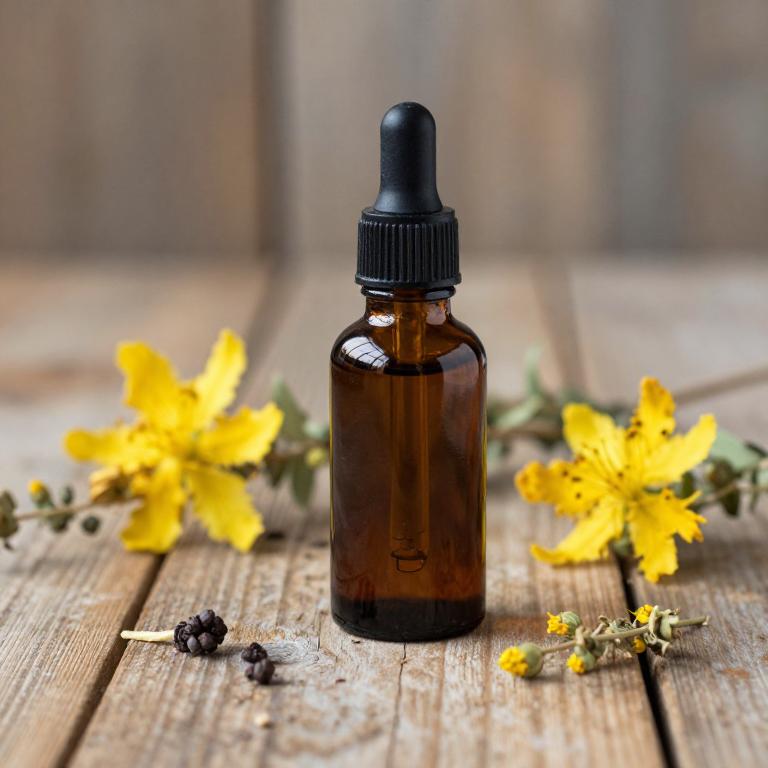
Hypericum perforatum, commonly known as St. John's Wort, is a herb that has been traditionally used for its antimicrobial and anti-inflammatory properties.
Herbal tinctures made from Hypericum perforatum are often used as a natural remedy for nail fungus due to their ability to inhibit the growth of fungi. These tinctures contain compounds such as hyperforin and hypericin, which have shown potential in combating fungal infections. When applied topically, they can help reduce the symptoms of nail fungus, such as discoloration and thickening of the nail.
However, it is important to consult with a healthcare professional before using Hypericum perforatum tinctures, as they may interact with certain medications.
3. Aloe barbadensis

Aloe barbadensis, commonly known as aloe vera, has been widely used for its therapeutic properties, and its herbal tinctures are increasingly being explored for their potential benefits in treating nail fungus.
These tinctures contain active compounds such as polysaccharides, enzymes, and antioxidants that may help reduce fungal growth and promote nail health. Some studies suggest that aloe vera's antimicrobial and anti-inflammatory properties can support the healing process of fungal infections by soothing inflammation and enhancing skin and nail regeneration. However, while preliminary research is promising, more clinical trials are needed to fully establish its efficacy against nail fungus.
As a natural remedy, aloe barbadensis tinctures may be a useful complementary treatment when used alongside conventional antifungal therapies.
4. Echinacea purpurea
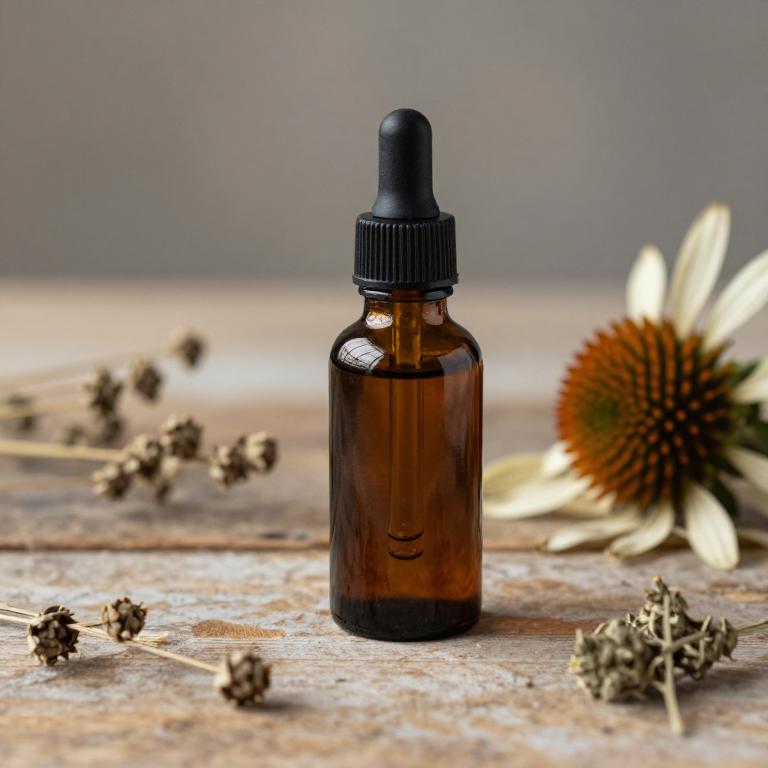
Echinacea purpurea, commonly known as purple coneflower, is a traditional herbal remedy often used in tincture form to support immune function and combat infections.
While primarily recognized for its immune-boosting properties, some individuals use echinacea tinctures as a complementary treatment for nail fungus, believing it may help reduce fungal growth. However, there is limited scientific evidence supporting its direct efficacy against fungal infections, and it is not a substitute for conventional antifungal treatments. Echinacea tinctures are typically made by soaking the dried plant material in alcohol, which can be applied topically or taken internally, though internal use should be approached with caution.
It is advisable to consult a healthcare professional before using echinacea for nail fungus to ensure safety and appropriateness for individual health conditions.
5. Ginkgo biloba
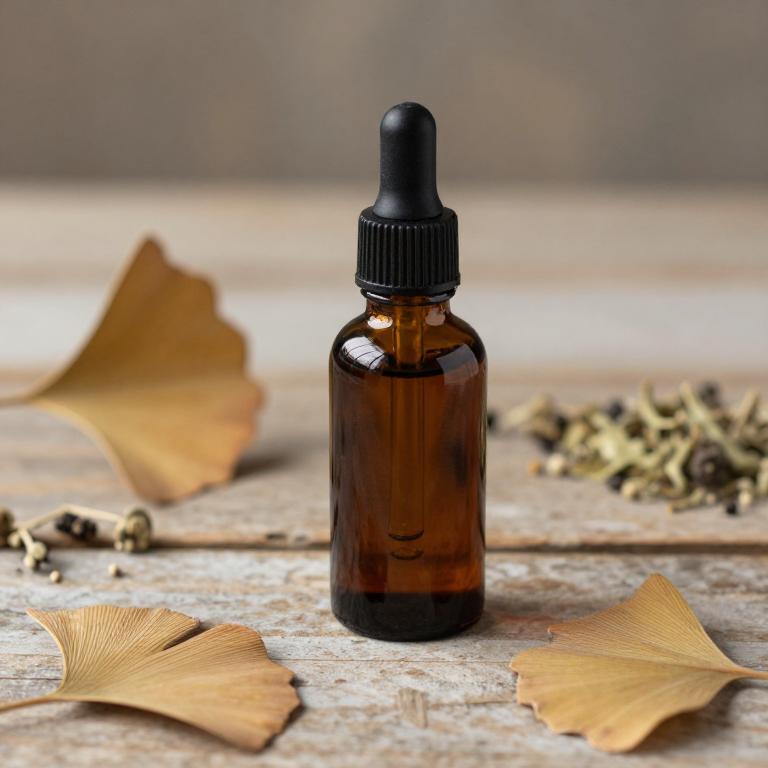
Ginkgo biloba herbal tinctures are derived from the leaves of the ancient ginkgo tree, known for their potent antioxidant and anti-inflammatory properties.
These tinctures are often used as a natural alternative to conventional antifungal treatments for nail fungus due to their ability to enhance circulation and support immune function. While some studies suggest that ginkgo biloba may help reduce fungal growth by inhibiting the spread of infection, more research is needed to confirm its efficacy specifically for nail fungus. It is typically applied topically to the affected nails, and may be used in conjunction with other holistic treatments.
However, it is important to consult a healthcare professional before using ginkgo biloba tinctures, as they can interact with certain medications and may cause side effects in some individuals.
6. Cupressus sempervirens
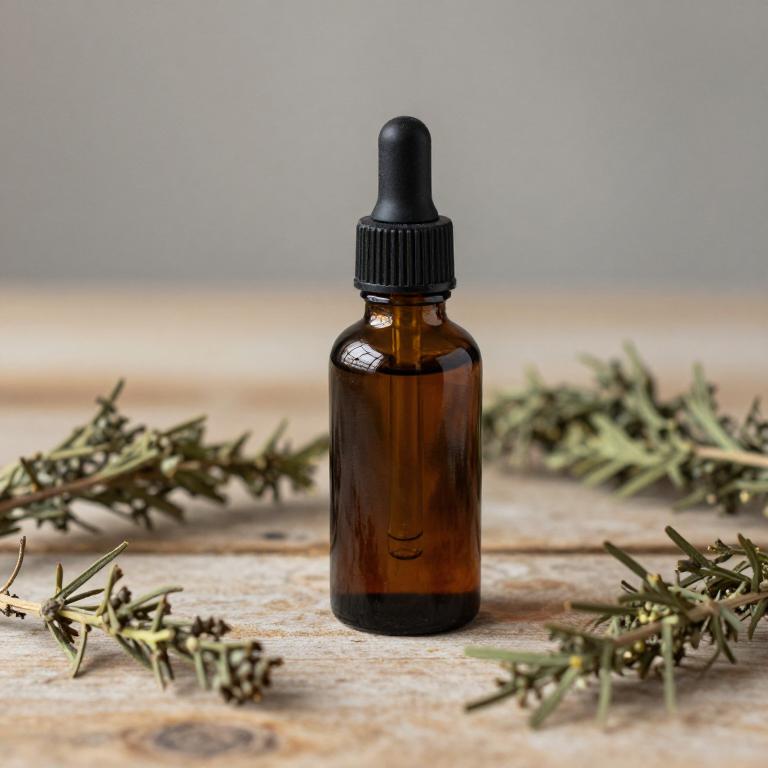
Cupressus sempervirens, commonly known as Italian cypress, has been traditionally used in herbal medicine for its antifungal and antimicrobial properties.
Tinctures made from this plant are believed to help combat nail fungus by inhibiting the growth of fungal pathogens such as Trichophyton species. The active compounds in Cupressus sempervirens, including flavonoids and essential oils, contribute to its ability to reduce inflammation and promote nail health. When applied topically, these tinctures may serve as a natural alternative to conventional antifungal treatments.
However, it is important to consult with a healthcare professional before using herbal tinctures to ensure safety and effectiveness, especially for individuals with sensitive skin or existing medical conditions.
7. Teucrium marum
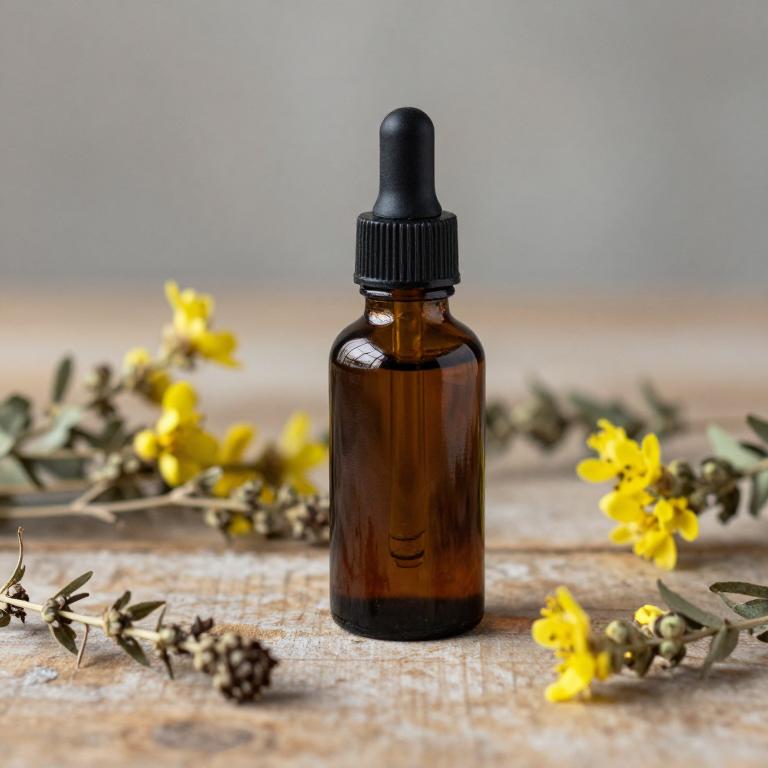
Teucrium marum, also known as Germander, is a herbal plant that has been traditionally used for its antimicrobial and antifungal properties.
Its tincture, often prepared with alcohol, is believed to help combat nail fungus by inhibiting the growth of fungal pathogens. Some alternative medicine practitioners recommend Teucrium marum tinctures as a natural remedy for onychomycosis, particularly when conventional treatments are not preferred or tolerated. The active compounds in the plant, such as flavonoids and essential oils, may contribute to its antifungal effects.
However, while some anecdotal evidence supports its use, more scientific research is needed to confirm its efficacy and safety for treating nail fungus.
8. Sanguinaria canadensis
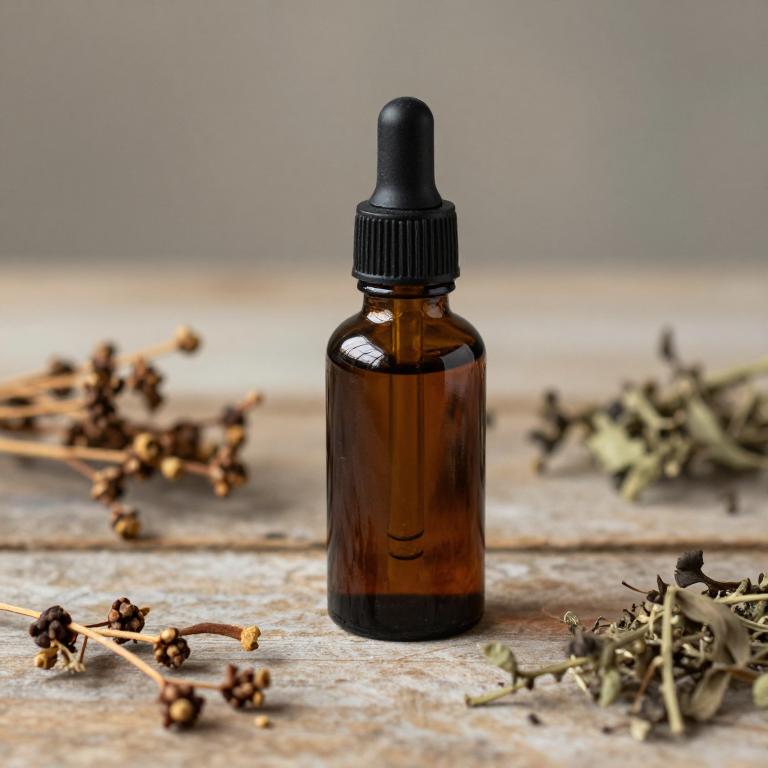
Sanguinaria canadensis, commonly known as bloodroot, is a botanical that has been traditionally used in herbal medicine for its potential antifungal properties.
When prepared as a tincture, it may offer a natural alternative for addressing nail fungus by inhibiting fungal growth due to its alkaloid content, particularly sanguinarine. However, it is important to note that while some preliminary studies suggest its antimicrobial effects, more rigorous clinical research is needed to confirm its efficacy and safety for this specific use. As with any herbal remedy, it should be used under the guidance of a qualified healthcare provider to avoid potential side effects or interactions.
Overall, bloodroot tinctures may be considered as part of a holistic approach to managing nail fungus, though they should not replace conventional treatments without professional consultation.
9. Rosmarinus officinalis
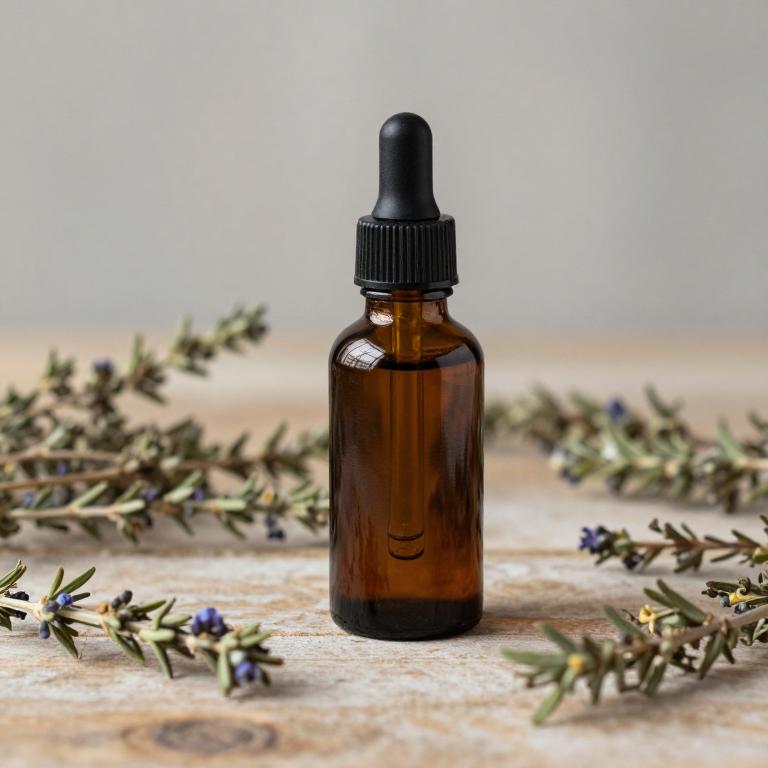
Rosmarinus officinalis, commonly known as rosemary, is a versatile herb often used in tinctures for its potent antifungal and antimicrobial properties.
Rosemary tinctures contain compounds like rosmarinic acid and cineole, which have been shown to inhibit the growth of fungi, including those responsible for nail infections. These tinctures can be applied directly to affected nails, helping to reduce discoloration, thickening, and odor associated with fungal infections. Due to their natural composition, rosemary tinctures are considered a safe and alternative option for those seeking non-chemical treatments for nail fungus.
However, it is advisable to consult a healthcare professional for persistent infections to ensure proper diagnosis and treatment.
10. Lavandula angustifolia
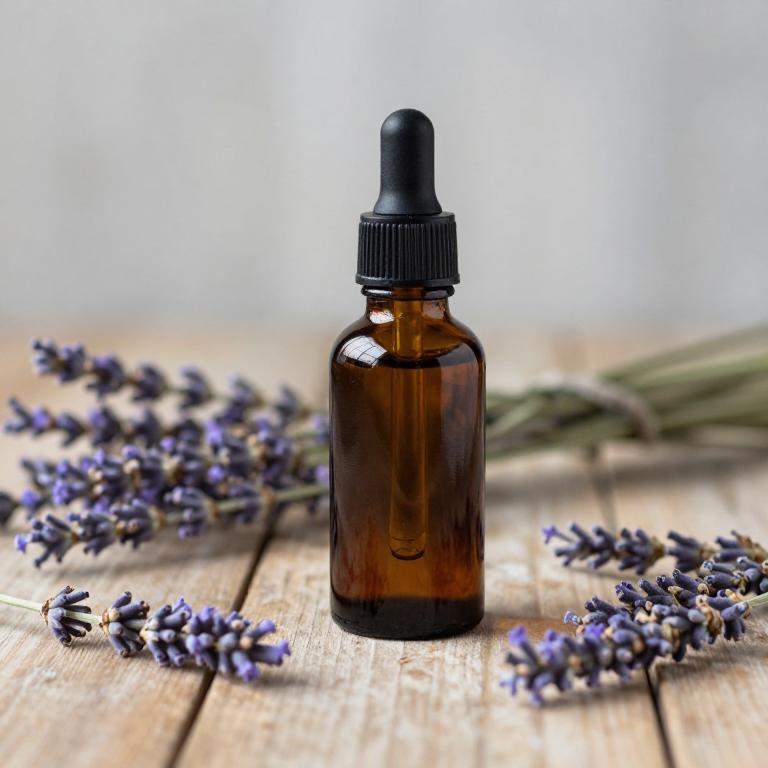
Lavandula angustifolia, commonly known as English lavender, is often used in herbal tinctures for its antifungal and antiseptic properties.
These tinctures are prepared by soaking dried lavender flowers in alcohol, allowing the active compounds to be extracted for topical application. When applied to the affected nails, lavender tinctures may help reduce fungal growth and soothe inflammation associated with nail fungus. However, it is important to consult a healthcare professional before using herbal treatments, as they may not be a substitute for conventional antifungal medications.
While some users report improvement with regular use, results can vary, and consistency is key for potential effectiveness.